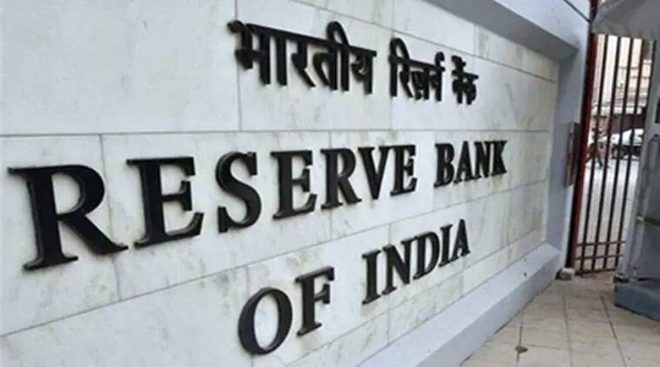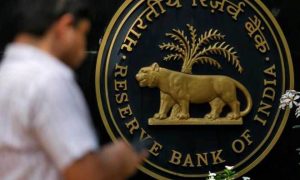As per the new guideline issued by RBI, all loan disbursals and repayments through the digital lending apps are required to be executed only between the bank account of the borrower and the regulated entity, without any pass- through or pool account of the lending service provider (LSP) or any third party.
RBI Digital Lending Rules: The Reserve Bank of India (RBI) on Wednesday came up with a list of guidelines to regulate digital lending to protect borrowers and to mitigate the concerns arising from the growing number of frauds and unlawful activities within the sector. In January 2021, the central bank had set up a working group to study issues related to the digital lending and suggest regulations to curb them. The group has proposed stricter norms for digital lenders in November last year, some of which have been accepted and included in the new norms while others are under examination.
Read More:-Your Passport Getting Expired? Apply For Renewal Process With THESE Required Documents
What changed?
- As per the new guideline issued by RBI, all loan disbursals and repayments through the digital lending apps are required to be executed only between the bank account of the borrower and the regulated entity, without any pass- through or pool account of the lending service provider (LSP) or any third party.
- Apart from that RBI-regulated entities have to ensure that fees for LSPs are paid directly by them and are not charged by LSP to the borrower.
- Further, the the banking regulator has mandated the regulating entities to ensure the upfront disclosure of all-inclusive cost via annual percentage rate to the borrower. The move will make the borrower aware of the kind of interest they will pay on digital lending platforms.
- The regulating entities now will also have to provide a key fact statement (KFS) to the borrower before the execution of the contract in standardised format for all digital lending products.
- Regulated entity cannot increase the credit limit without the explicit consent of the borrower.
- “The KFS must have details of The KFS must have details of APR, terms and conditions of recovery mechanism, details of grievance redressal officer designated specifically to deal with digital lending/fintech-related matters, and cooling-off/look-up period, terms and conditions of recovery mechanism, details of grievance redressal officer designated specifically to deal with digital lending/fintech-related matters, and cooling-off/look-up period,” said the guidelines.
- Additionally, to protect data privacy, Central bank said that the data collected by digital lending apps has to be need-based, with the customer’s prior consent, and can be audited, if required.
- To raise their grievances and complaints borrowers can reach out to nodal grievance redressal officers engaged by the Regulated Entities and the LSPs. A borrower can also complain against their digital lending mobile app. The details of the officers will be provided on websites of regulated entity, LSPs and the app.
- Read More:-Google Opposes Facebook-Backed Self-Regulatory Body In India Plan: Report
The new guidelines are meant to give borrowers the option to accept or deny consent for use of specific data, including the option to revoke previously granted consent as well. It will also give the borrower the option to delete the data collected from them by the DLAs/ LSPs in the past
Who comes under RBI’s new purview?
While announcing the norms, RBI classified digital lenders are classified into three categories.
- Those entities regulated by the RBI and permitted to carry out lending business.
- Those entities authorized to carry out lending as per other statutory or regulatory provisions but not regulated by RBI.
- Those entities lending outside the purview of any statutory or regulatory provisions.
The central bank’s regulatory framework is focused on the digital lending ecosystem of regulated entities and the LSPs engaged by them to extend various permissible credit facilitation services. However, the lenders in the other categories do not come under the new guidelines and can consider formulating appropriate rules and regulations on digital lending based on the recommendations of the working group.





































